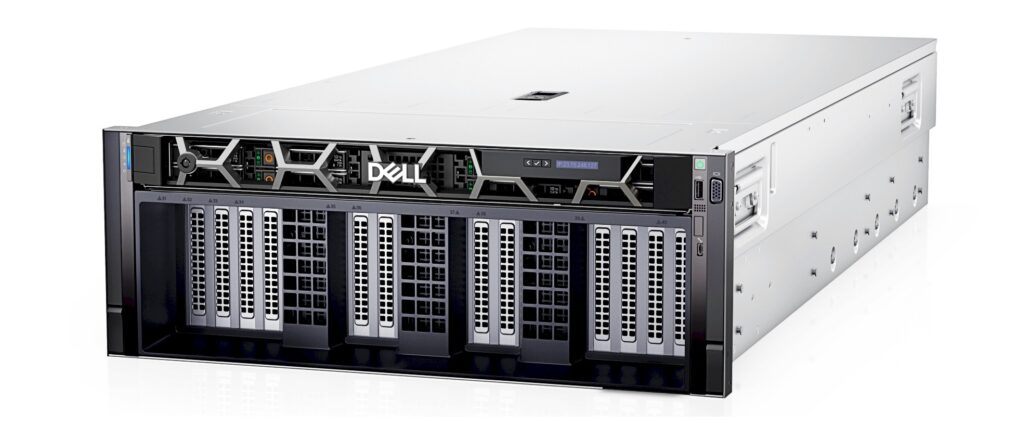
Dell’s AI Server Business Now Bigger Than VMware Used To Be
We have been watching the big original equipment manufactures like a hawk to see how they are generating revenues and income from GPU-accelerated system sales. …

We have been watching the big original equipment manufactures like a hawk to see how they are generating revenues and income from GPU-accelerated system sales. …
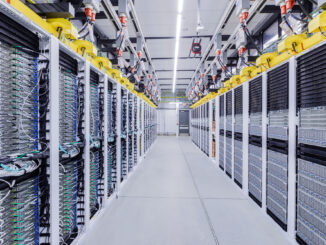
When you have to compile the revenue streams of thousands of major IT hardware, software, and services suppliers into the datacenter, it takes a bit of time to get that data, get it right, and then aggregate it for a datacenter market analysis. …

Broadcom’s $69 billion acquisition of virtualization stalwart VMware was not an easy proposition. …

A rising tide may lift all boats, and that is a good thing these days with any company that has an AI oar in the water. …
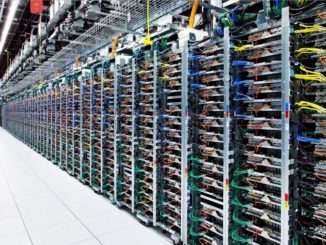
We have a long-standing joke that dates from the early 2000s, when the hyperscalers – there were not yet cloud builders as we now know them – started having hundreds of millions of users and millions of servers and storage arrays to run applications for them at the same time there was the beginnings of consolidation among the OEMs who created the servers and storage used by nearly all enterprises, including dot-com startups. …

We have been tracking the financial results for the big players in the datacenter that are public companies for three and a half decades, but starting last year we started dicing and slicing the numbers for the largest IT suppliers for stuff that goes into datacenters so we can give you a better sense what is and what is not happening out there. …
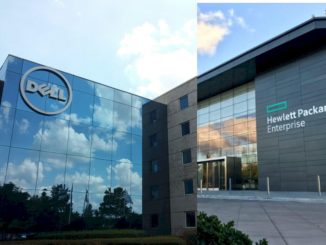
It is beginning to look like the Dell Technologies and Hewlett Packard Enterprose, the world’s two biggest original equipment manufacturers, are finally going to start benefitting from the generative AI wave, mainly because they are finally getting enough allocations of GPUs from Nvidia and AMD that they can start addressing the needs of customers who don’t happen to be among the hyperscalers and largest cloud builders. …

For a market that is so integral to the global economy, it sure is hard to get a complete dataset on quarterly and annual spending on information technology. …
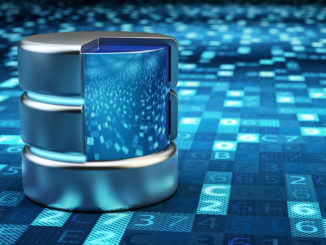
The central tenets of cloud computing, which really ought to be called utility computing, is that you only pay for what you use and that you can turn compute, storage, and networking off when you are not actually using, thus freeing up capacity for those who need it. …
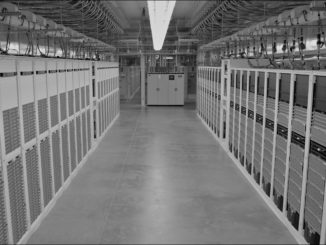
It is hard to keep a model of datacenter infrastructure spending in your head at the same time you want to look at trends in cloud and on-premises spending as well as keep score among the key IT suppliers to figure out who is winning and who is losing. …
All Content Copyright The Next Platform